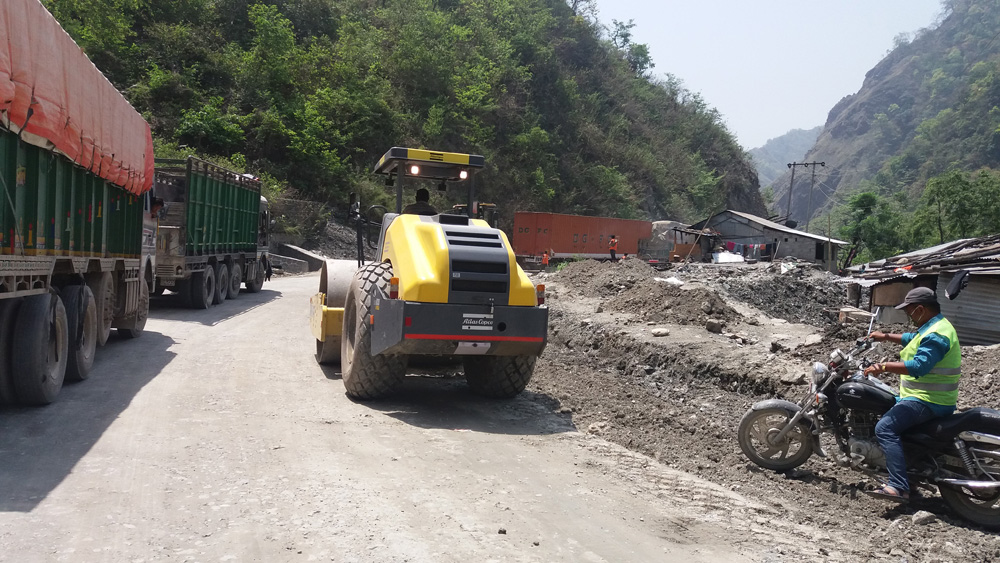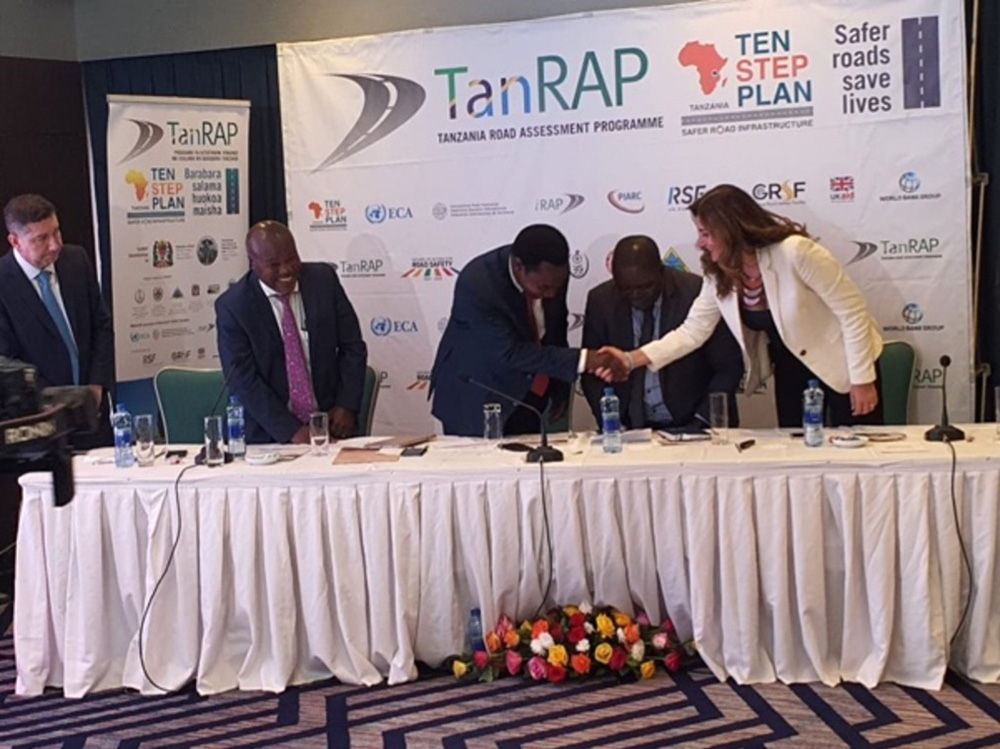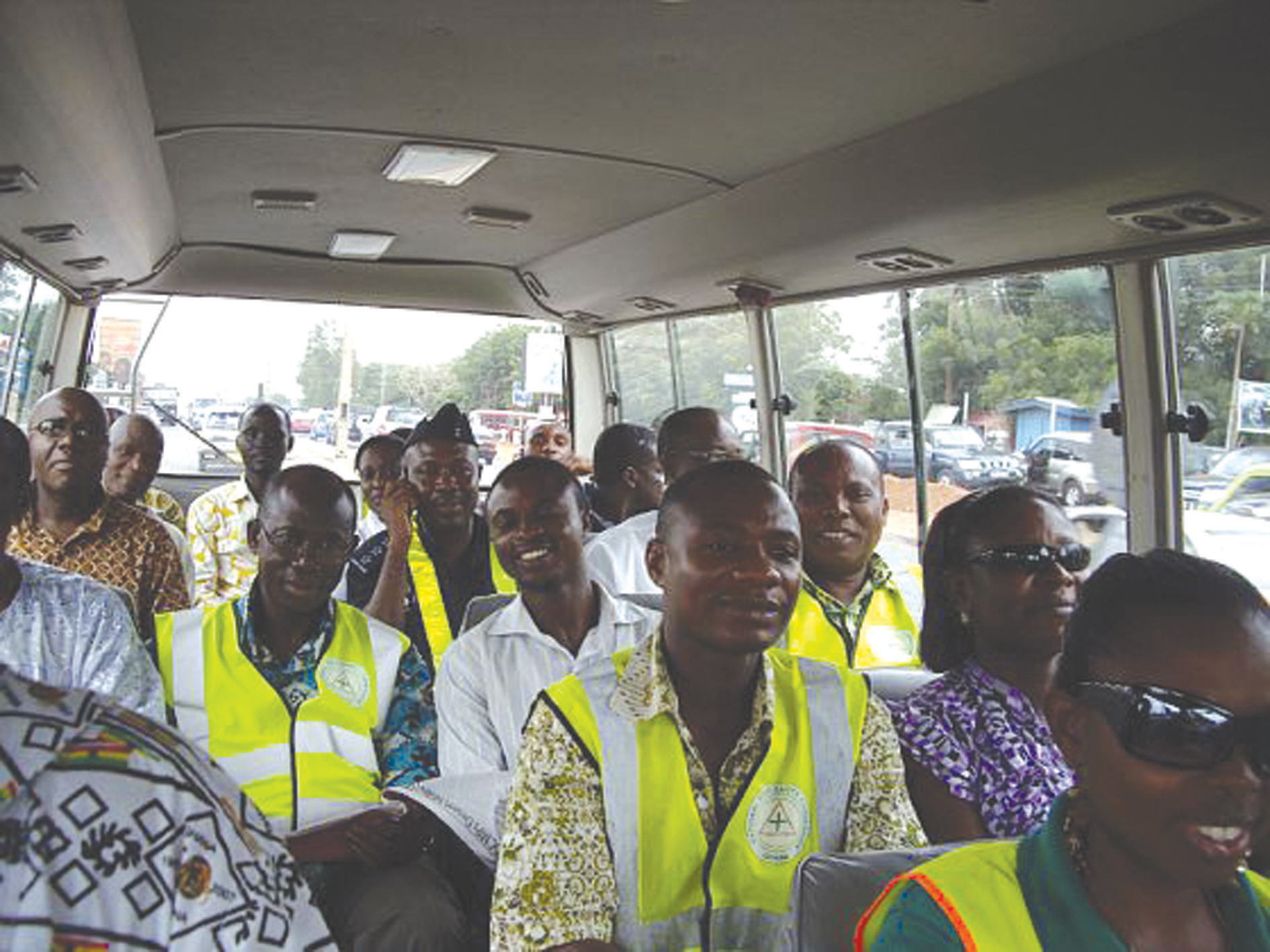
Any road death - anywhere in the world - is a tragic event and often preventable through better road design, improved safety devices and safer driving habits. The other aspect of the tragedy is the economic cost to local communities, regions and nations.
This is especially true for what are termed low- to middle-income countries. To improve the situation, the World Bank’s Global Road Safety Facility (GRSF) has been helping fund major projects in these nations.
The urgency for improving road safety was highlighted by the World Bank in early 2018 in its special report The High Toll of Traffic Injuries: Unacceptable and Preventable. Road traffic injuries are the single largest cause of death and long-term disability among people aged 15-29: people of prime working age that contribute the most to a nation’s gross domestic product (GDP).
The authors estimated that cutting traffic deaths and injuries by half could add 7-22% to the GDP per capita over 24 years in certain countries. Also, if traffic deaths and injuries were halved, these countries could see welfare benefits equivalent to 6-32% of GDP per capita.
The World Bank drove home the point again only a few months later in 2018 with a compelling report entitled The Cost of Inaction: Can We Afford Not to Invest in Road Safety? It concluded that in in many countries a 22% long-term GDP per capita increase could be achieved by halving road crash deaths and injuries.
One of the most effective tools in the World Bank’s toolbox is its own Global Road Safety Facility (GRSF), a multi-donor fund specifically for low- and middle-income countries that the bank set up in 2006. The iRAP programme on road safety is also expected to deliver positive results.
GRSF
The GRSF occupies an influential position on the global stage for road safety. One key reason is that it possesses a strong evidence-based approach, one which is considered to be quite strategic. One example which is cited by some GRSF admirers and partners: The GRSF recently released a series of well-documented Country Profiles reports. These have reshaped the discussion about road safety inside each of the profiled countries. As a result, the GRSF has a lead role in those debates of explaining the pivotal relationship between travel speeds and road trauma rates.
GRSF provides funding, knowledge and technical assistance designed to scale-up the efforts of low- to middle-income countries to build their scientific, technological, managerial and delivery capacities for road safety. GRSF distributes funding directly to governments' global, regional and country activities as well as through World Bank-executed grants. Since its inception in 2006, GRSF has received total donor pledges of $74 million. It estimates that for each dollar that it receives for safety projects, it leverages another $40.
According to Soames Job, who heads up the road safety section at the World Bank and who is also in charge of the GRSF, this past year “been extraordinarily successful”. Delivery of solutions has expanded to 78 countries, saving many thousands of lives by improving road safety outcomes through grant funded research, technical assistance, advocacy, knowledge exchange, training and capacity building.
Soames noted that this has all been made possible by an expanded set of donors and funders including UK Aid, Bloomberg Philanthropies, CITA (International Motor Vehicle Inspection Committee), Total Foundation and the government of Japan.
“The global road safety crisis can only be solved by countries committing to improving safety for their citizens, though funding and implementing well managed, evidence-based interventions for road safety,” he said. “GRSF’s position to influence wider road safety visions, discourse and programming within the World Bank and beyond provides a unique opportunity to partner with various donors to deliver global road safety improvements.”
During 2020, the GRSF is supporting World Bank operations and global research in road safety through 15 new grants in addition to 33 grants already in implementation. With an additional $2.75 million in financial support, 2020 has seen the largest single package of grant funding ever provided by GRSF. The 2020 GRSF Call for Grant Proposals is a key mechanism in selecting top-quality road safety research initiatives. It awarded nine grants totalling $1.711 million.
GRSF road safety projects tackle issues such as innovative use of so-called big data for road safety as well as the use of police, medical, health survey and census data to refine estimation of road deaths and disability. It also includes development of software for assessing the effectiveness of road safety interventions and the delivery of several guidance documents to address the road safety challenges related to planning, design, policy and communications.
In 2020 the GRSF developed two major new projects. One was the first data report covering all 125 low- to middle-income countries with comprehensive road safety country profiles.
The data gives a precise assessment on the magnitude of road safety challenges faced by these countries and helps policymakers understand the road safety framework in which their own national systems operate.
The other project was the Guide for Determining Readiness for Speed Cameras and Other Automated Enforcement. It was developed with the Global Road Safety Partnership (GRSP) to help a jurisdiction determine the level of readiness it has to move toward automated enforcement. Cameras enforcing speed limits are a common application of automated speed enforcement. The guide covers legal and operational elements that must be in place before automated enforcement can be effective.
Observatories
The GRSF has also been instrumental in setting up a network of what it calls Road Safety Observatories to improve the quality of data - critical to saving lives. The aim is to establish a reliable road crash database and foster knowledge transfer between countries in different regions to help them establish their own reliable data collection and management systems. Eventually, the countries will be able to monitor their road safety performance efficiently and effectively.
To this extent, the GRSF created the Latin American Road Safety Observatory (OISEVI) in 2011. Using OISEVI as a template, GRSF also launched the African Road Safety Observatory (ARSO) in South Africa, with 40 countries participating in the first General Assembly. Also, the Asia-Pacific Road Safety Observatory (APRSO) was created.
Training programs offered by the GRSF under these road safety observatories, will improve the understanding of the challenges, as well as strengthen the skills and commitment of all stakeholders, to support the use of data collection and analysis tools on the ground.
During the past five years, 10 international institutions, including the GRSF, have joined forces under the Bloomberg Philanthropies Initiative for Global Road Safety (BIGRS). Throughout the entire program, the International Road Assessment Programme (iRAP) methodology was applied to the 10 cities and five countries which were targeted by BIGRS.
GRSF is working with iRAP to assess baseline safety in roads, completing around 12,600 of carriageway-km. As a result, improvements were made to around 1,500 carriageway-km of roads. If all of the identified and recommended countermeasures are implemented, up to 7,000 lives in cities and more than 23,000 lives in the countries would be saved between now and 2030.
The GRSF’s work continues.
Saved in Nepal
GRSF directly funded the Road Safety Barriers for Open Roads in Nepal programme, completed in 2019. The World Bank conducted an audit of various sections of the Nepalese road network to identify critical road safety risks and recommend solutions.
In support of the GRSF in Nepal, the World Bank’s Road Sector Development Project installed 73km of crash barriers in selected areas based upon recommendations of a Road Safety Audit. These sites represented 76% of the high-risk locations under the project.
A post-installation evaluation of the barriers found that there were at least seven hits along the barriers and the vehicles, carrying 270 passengers, were saved from veering off the road into steep valleys.
If similar rates of accidents continue in the coming 20 years, around 3,456 lives could be saved.











